There were hundreds of items. Mostly old periodicals and the promotional trinkets and such referred to as "premiums". The sale started at 10AM which was when we got there. There were already a dozen or more people going over the tables. Since I had priced out most of the sale items there was no need to browse. I already knew that the only things I was interested in were a little battery radio in a leatherette cabinet and a Magnavox R3 horn.
The following is from a post on ARF:
Russ, it's odd that you brought this up. I've been looking into early Wurlitzer radios recently and have documented quite a few. I don't know who made your set yet, but I had a Deforest with a similar leatherette finish once. Wurlitzer had 20 stores in Chicago during the mid 20's. I'm uncertain how many stores they had in total, but it must have approached 100 or so. They advertised "coast to coast" in their ad copy. They were like the Best Buy of the 1920's and 30's and must have sold a lot of radios. They were big enough they very well might have sold different private labeled models in different regions of the country depending on what deals came along.
I have identified these mfgrs making Wurlitzer branded radios beginning about 1925:
Apex Super Five
Buckingham Radio
Mohawk Corp of Illinois
Apex was likely a one time deal due to the massive over production of the Super Five.
Buckingham never made any of their own cabinets. They made radio chassis only and promoted private label business to large retailers, dept stores, auto stores, etc so their models might be found in numerous cabinets depending on how the end customer chose to market the set. They went bankrupt in 1930. The little info I have on the early Buckingham branded sets suggests Wurlitzer made the cabinets. I am developing a history on Buckingham that I will update soon at the Radiomuseum. Buckingham's president was an interesting character. He found himself locked up overnight at the Cook County jail on two different occasions.
It's a shame Mohawk merged with Rauland because it distorts the history. Mohawk and All American should be evaluated at the time the set was made and what label it carries because these were two completely independent companies for most of their existence. I hear people calling All American sets Mohawk and vice versa which drives me nuts .
Wurlitzer sold Mohawk radios under both the Mohawk brand and also under the Wurlitzer brand. Some of the 1927-28 models were made with a completely different escutcheon plate instead of the traditional arrowhead. The knob layouts were the same. This was done no doubt to disguise them from the models being sold by Mohawk's independent dealers. Mohawk like Buckingham sold both under their own name to a dealer network and also took on private label business at least for Wurlitzer and as I've already mentioned I believe both companies relied on Wurlitzer to supply their cabinets. Mohawk made horizontal mounted exposed tube phonograph radio units for Wurlitzer and others. I'm 100% convinced Chieftan was Mohawk's attempt to dump their remaining inventory of 1st generation one-dial phonograph radio units. Chieftan was listed in one of the radio publications as being located at Diversey and the bridge. That is the exact location of where the Mohawk factory was. Alan D once argued with me that Chieftan wasn't the same, but he was wrong and I didn't know what I do today. Mohawk introduced a 6 tube "H" layout horizontal mounted exposed tube phono set that was offered in Wurlitzer's phono combo console units. This new 6 tube model would have obsoleted their old stock of phono units so I believe they made up some "Chieftan" labels and got rid of them that way. BTW, there is a Chieftan set on ebay currently. I don't want to cause any trouble with ebay sellers, but that radio has had some serious cabinet modifications.
Matt

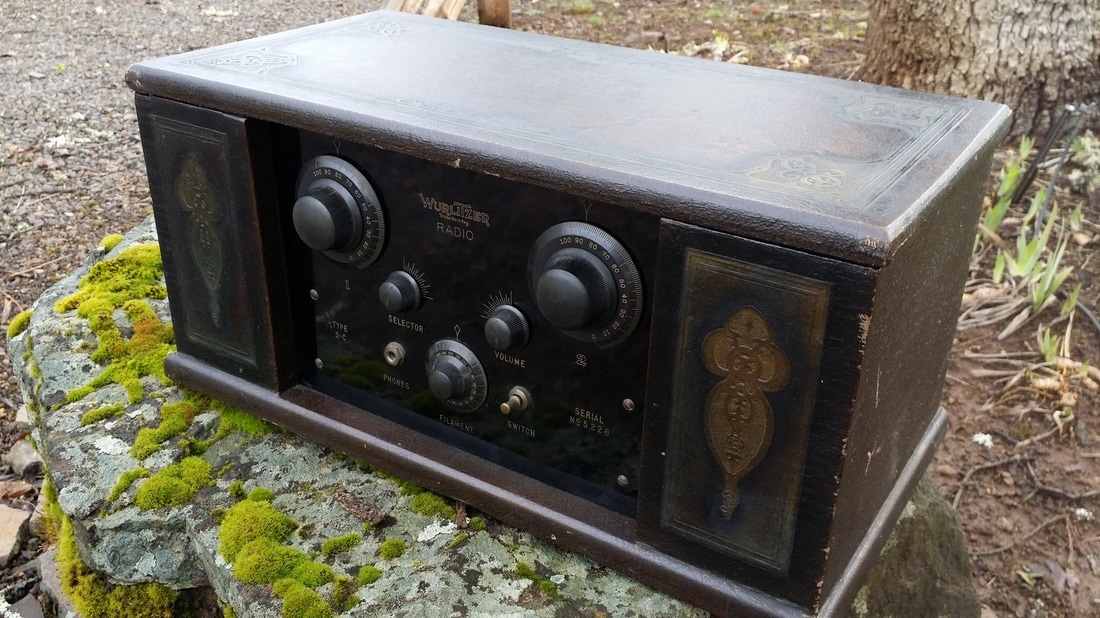
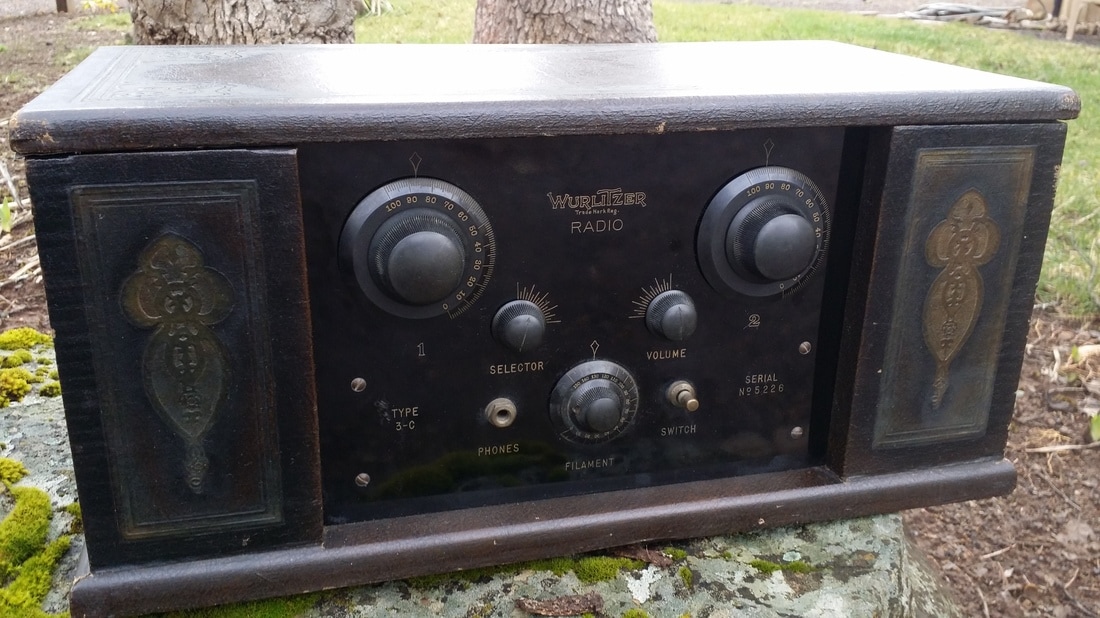
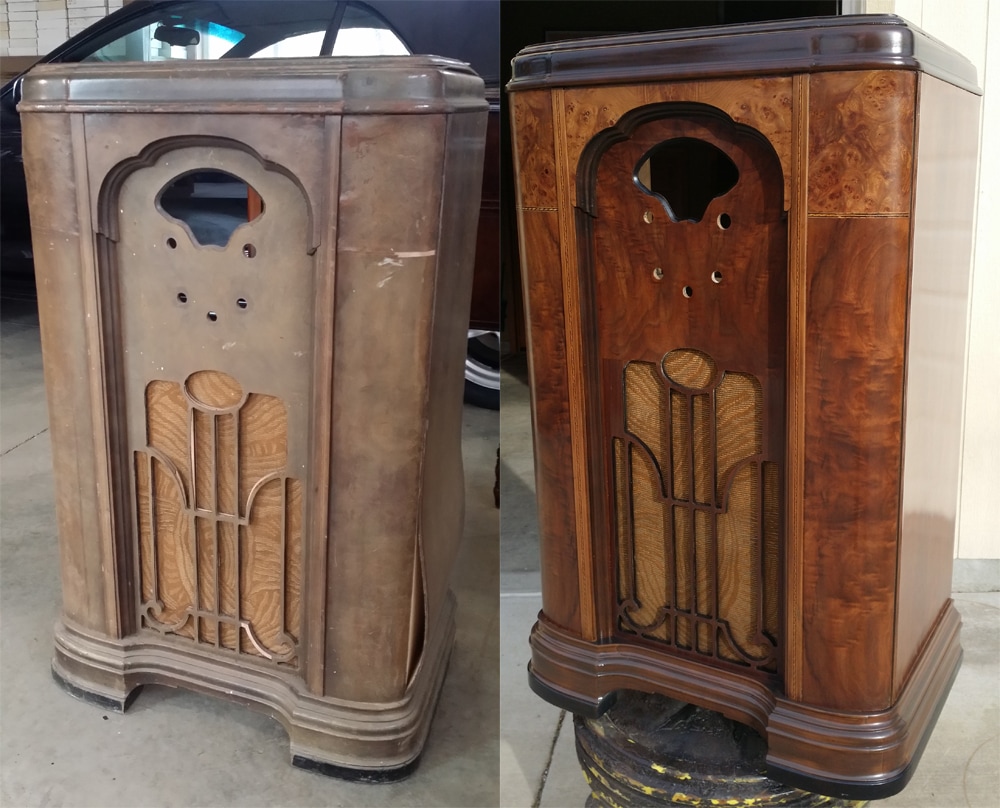
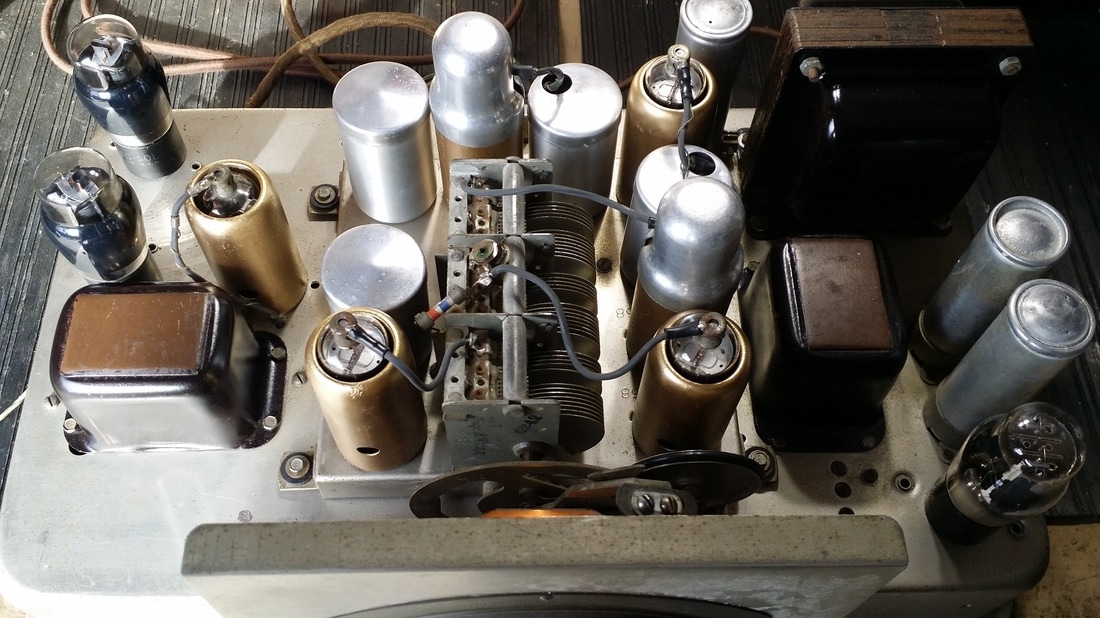

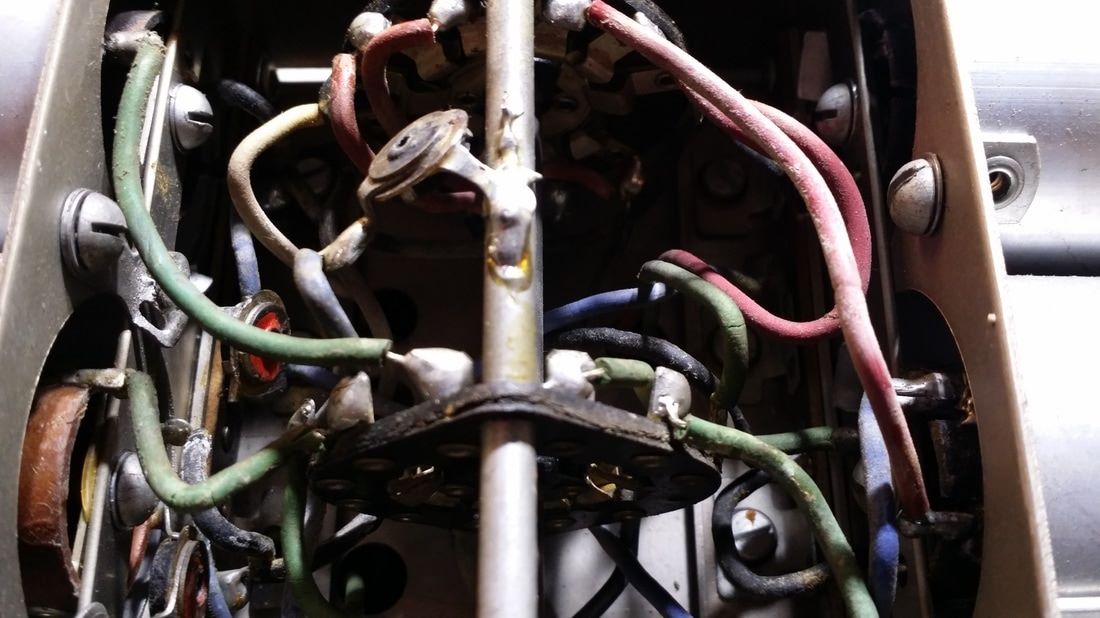
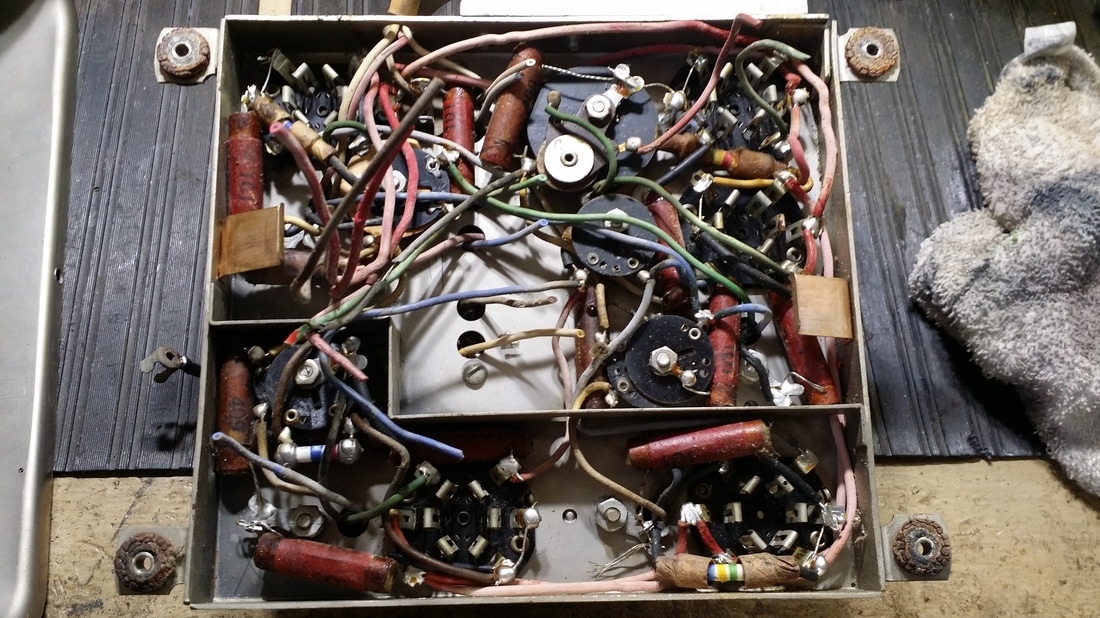
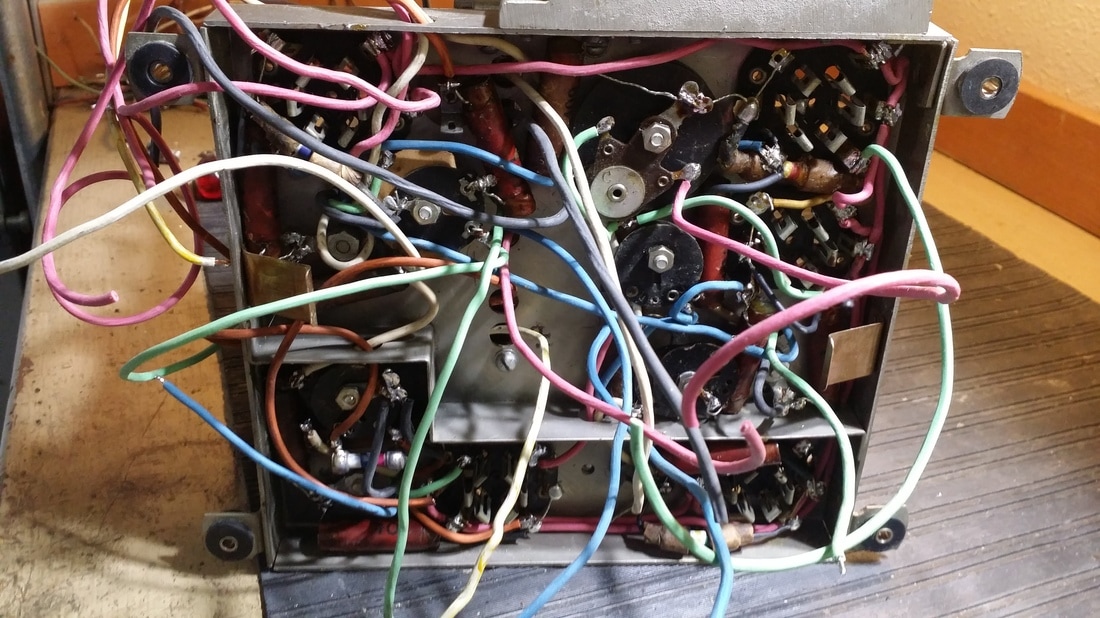
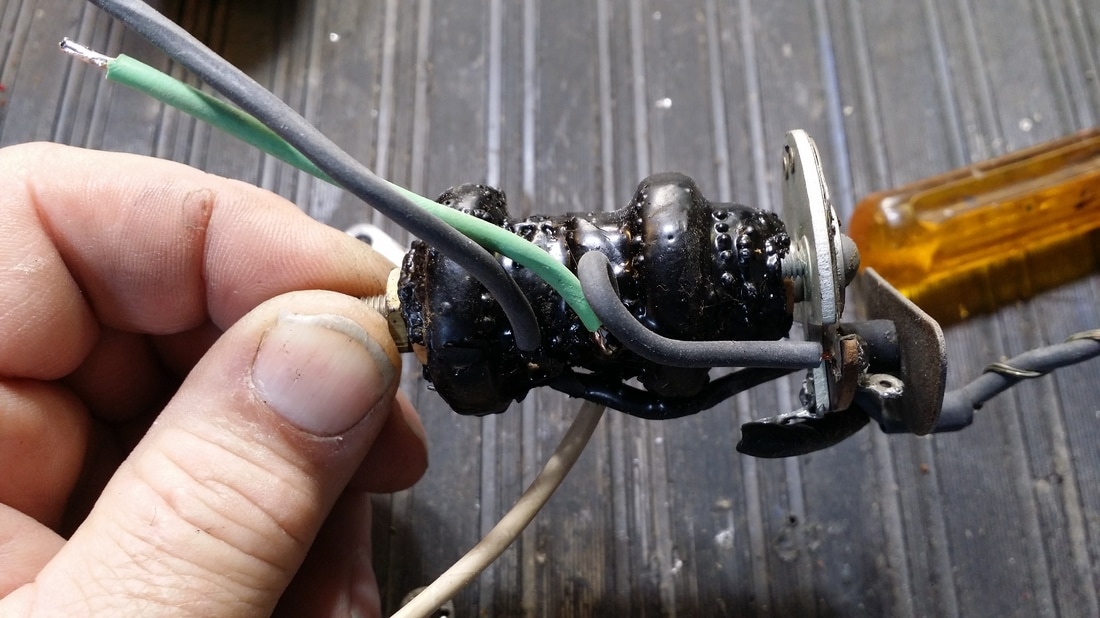
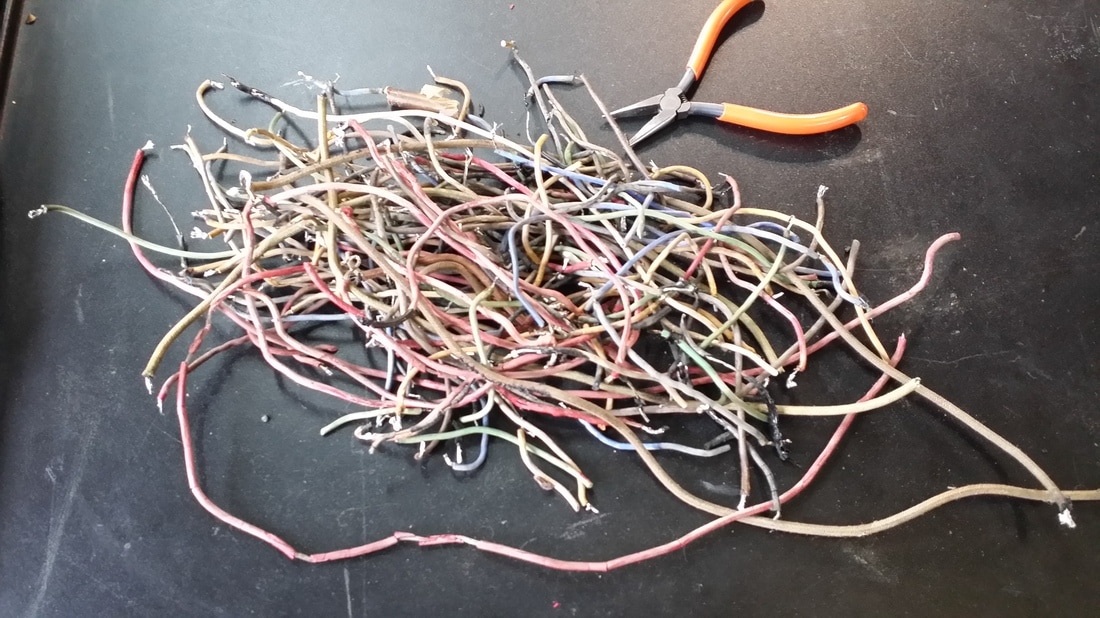
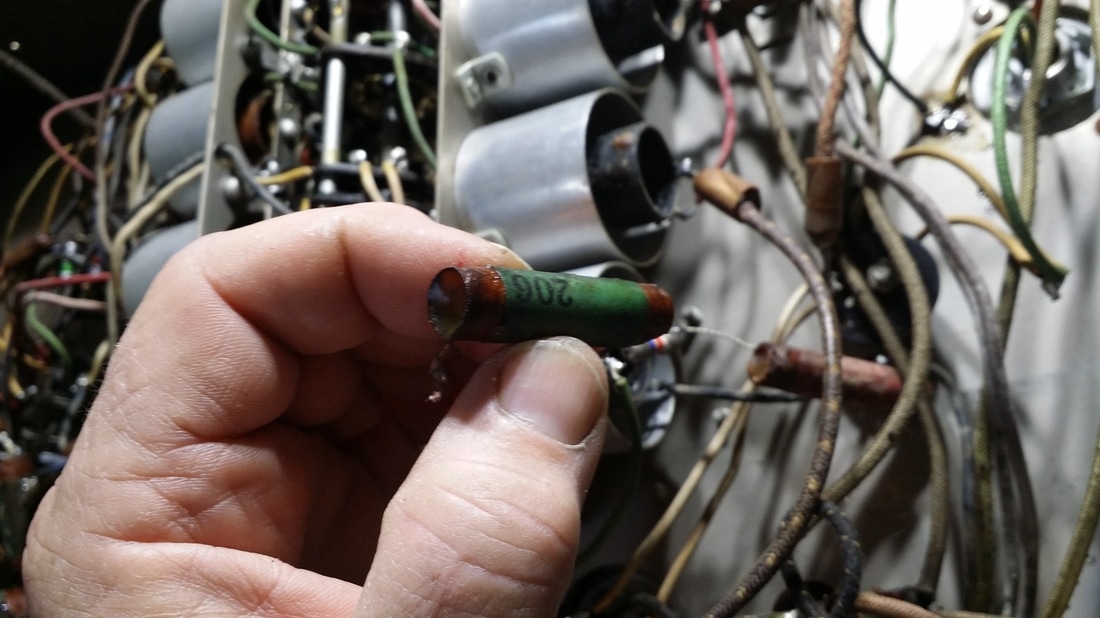
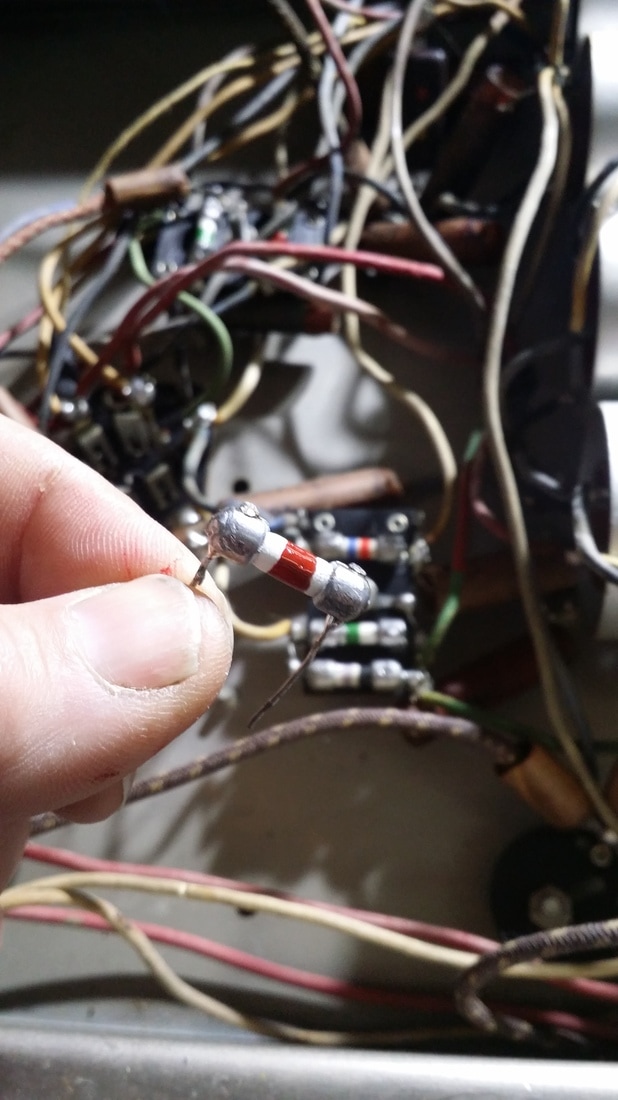
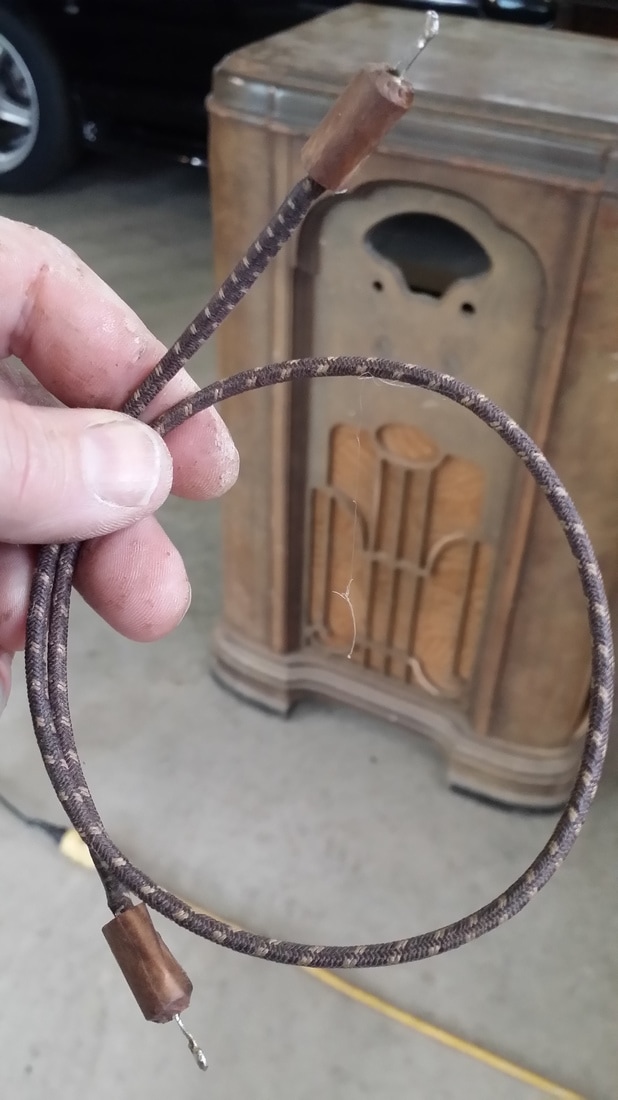
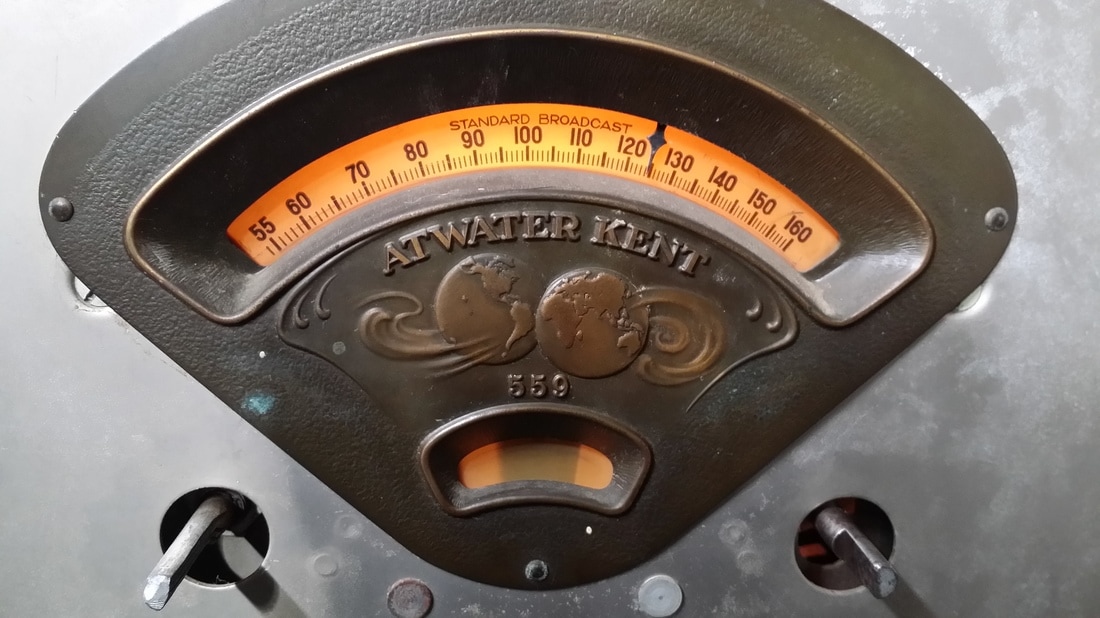
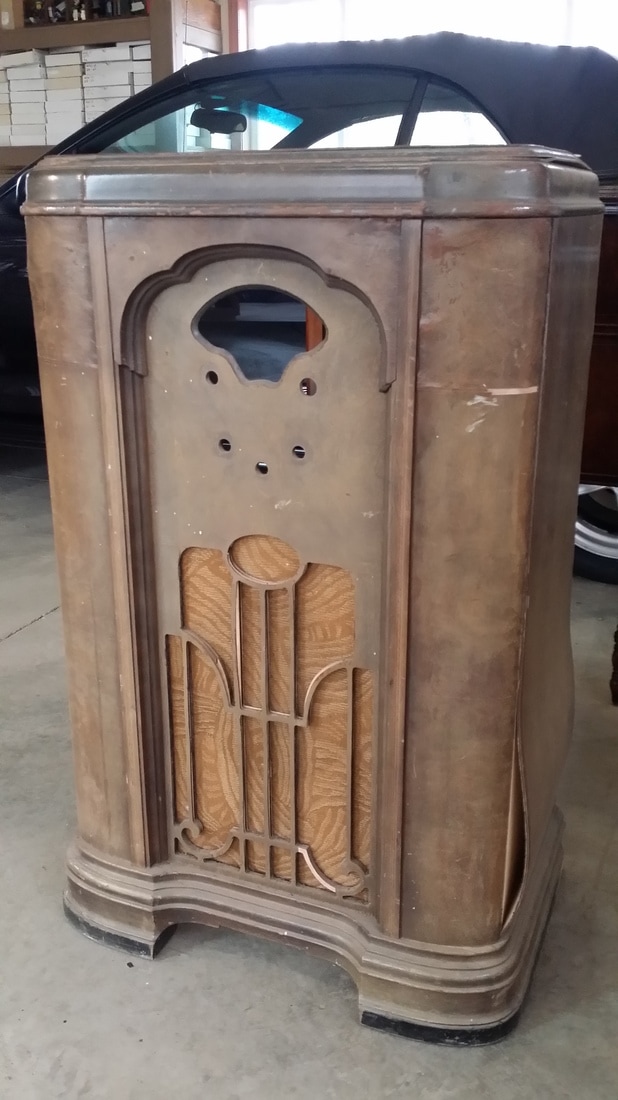
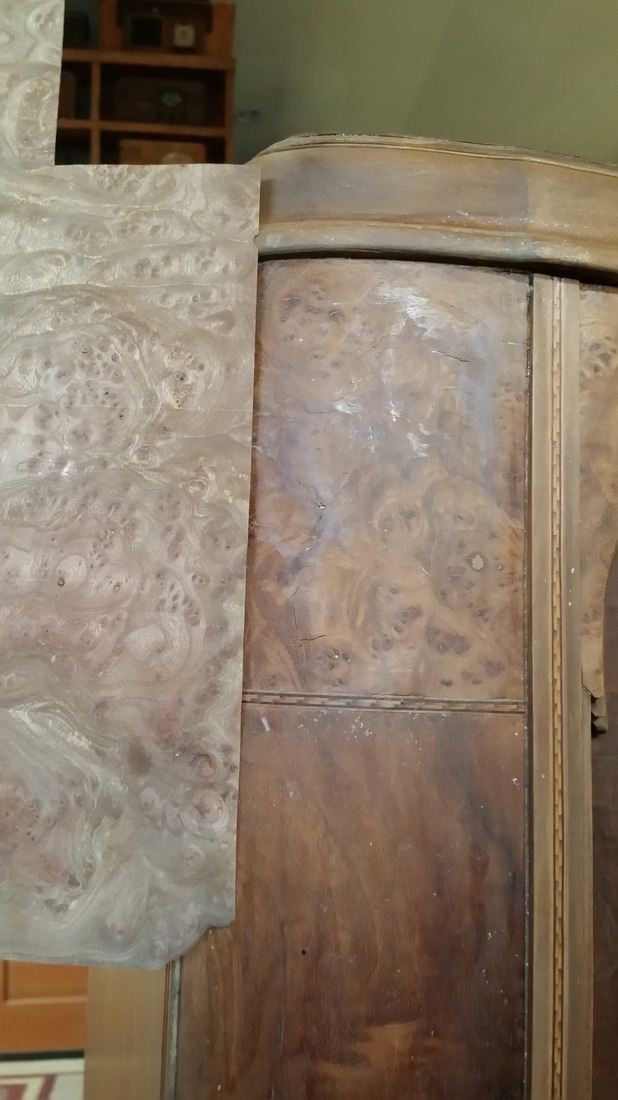
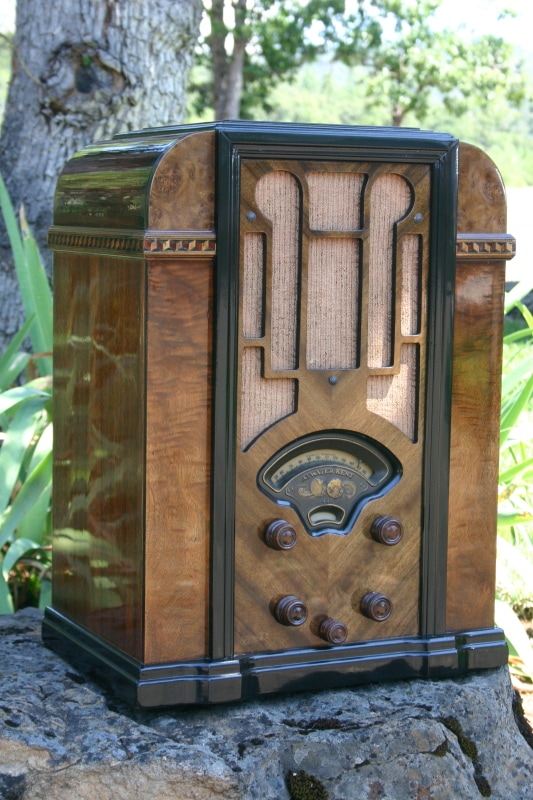
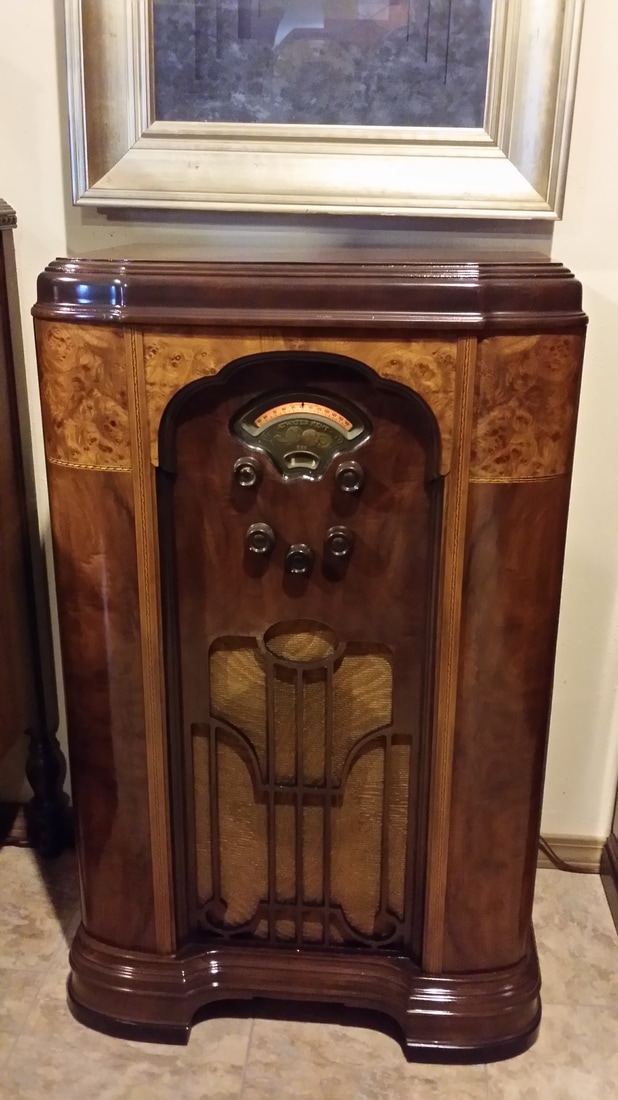
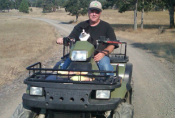
 RSS Feed
RSS Feed